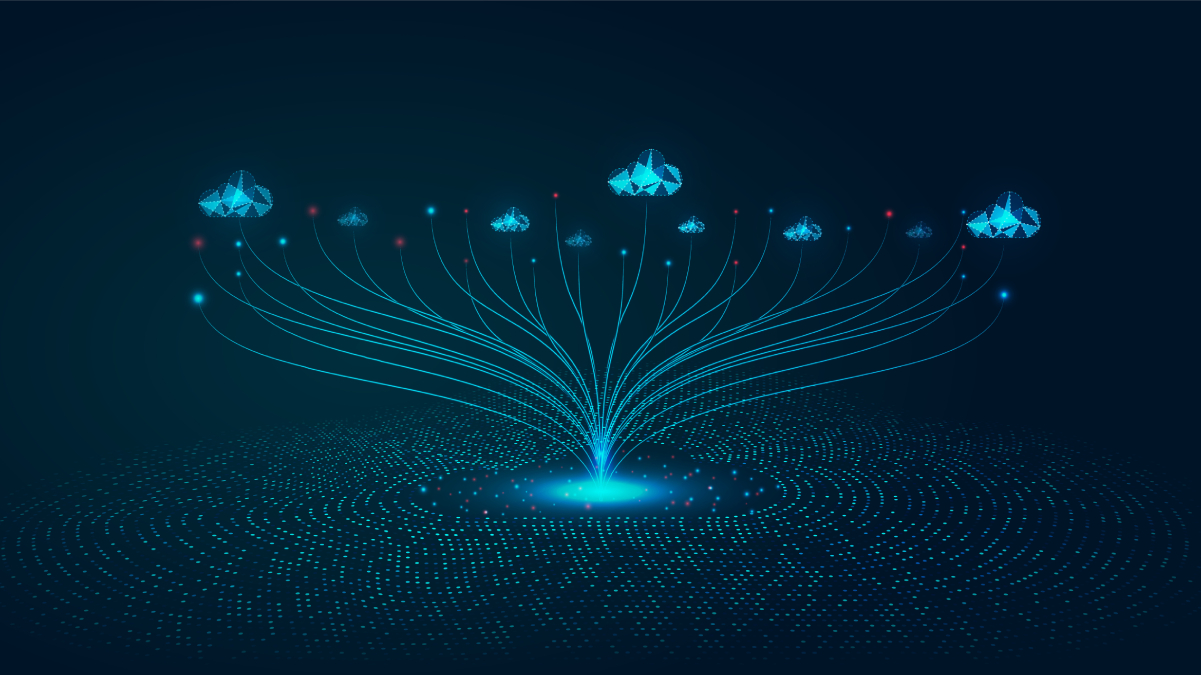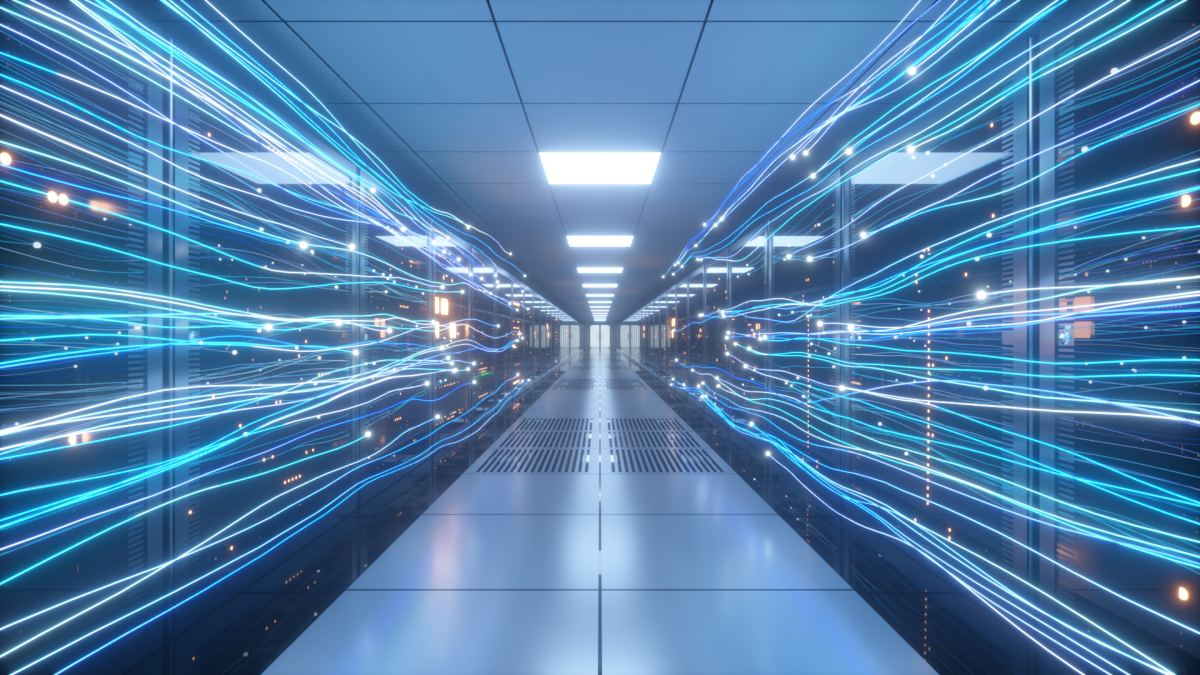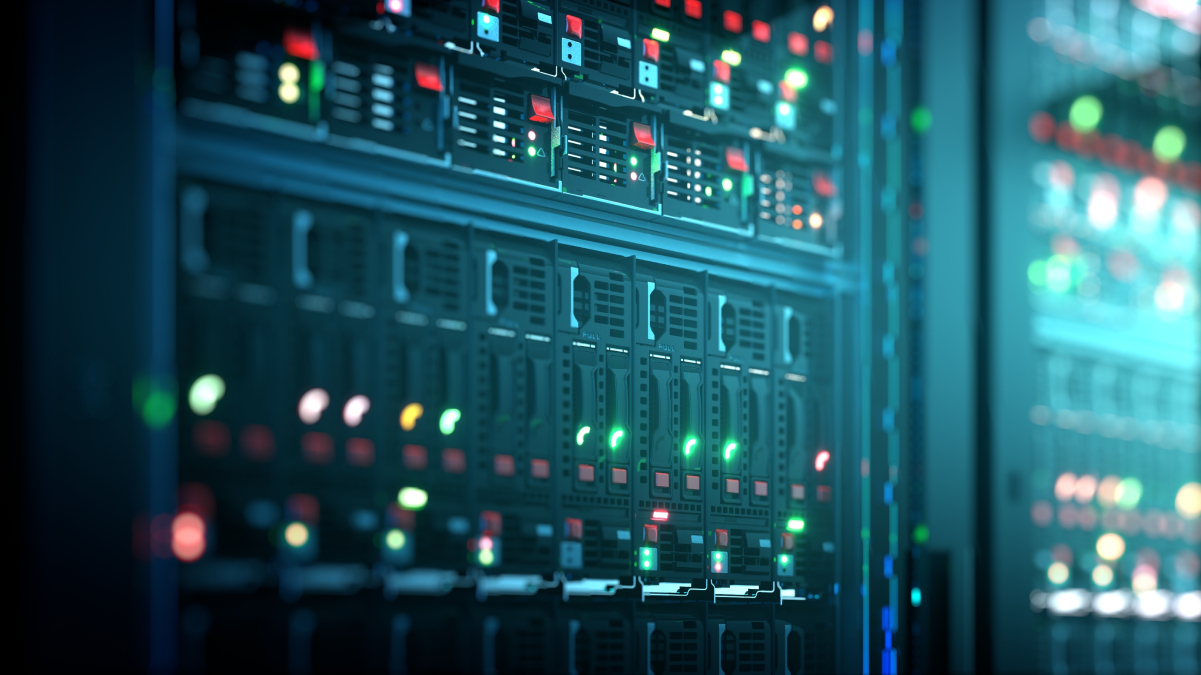Designing and building a data centre can be a daunting task. Where do I start? Where should my priorities lie? Do I buy or rent my equipment? What about ensuring resilience? Efficiency? Sustainability? How do I keep my costs down? With so much to consider, here, Jason Koffler, managing director at Critical Power Supplies Ltd answers some of our questions to help unmuddy the waters.
When designing a facility, where is the best place to start?
Whenever you are starting to design any type of system it requires a site survey, this survey is used to help gather requirements of what is needed for your data centre. These requirements are things like the desired number and type of servers, what is the current layout of power and network cabling, what preferences would you like for cooling and ventilation. They may also include facilities for data centre management and monitoring to ensure that the data centre is at optimal temperature and performance.
In your experience what is the most important thing to consider when designing a facility?
The most important thing to consider when designing a data centre facility is how efficient the whole operation is. Being just 1% more efficient could save the data centre thousands in energy costs. After this, being able to ensure that there isn’t any downtime in the data centre is critical. This means choosing the best backup power systems – a reliable UPS and generator could save thousands in power outage costs and keep servers and other equipment protected inside the facility.
Are there any tips you’d give for ensuring optimum resilience and efficiency?
To ensure resiliency is, as mentioned above, to choose the right backup and redundancy systems, coupled with a trustworthy UPS and generator system, these are key to keeping a data centre up and running. As for efficiency, having ample amounts of cooling is a must, but this can be quite power hungry. Some of this power usage can be offset by installing solar panels or wind turbines on the property to help recoup some of the costs of the power being used by the data centre. Consolidating some of your older systems and using newer and more energy-efficient systems can also help you increase your efficiency while also possibly being able to use a smaller footprint.
Finally, I would recommend having a sufficient monitoring system in place so that you can keep an eye on your data centre while being able to make changes to further increase efficiency.
Should I be looking to buy or rent my equipment? How do I decide?
This honestly depends on the circumstances of the data centre type. Having a data centre and buying the equipment means that you don’t have monthly or annual costs and you keep everything. This also means that when it comes to upgrading you can recoup some of the equipment investment by selling anything that you don’t require anymore. This can be used to offset the next generation of equipment that comes in. The disadvantage comes as the upfront cost of each refresh is high and if you want to stay up-to-date with the latest equipment then it can be costly.
On the contrary, renting the equipment you can upgrade more often and you don’t have the upfront costs of buying the equipment outright. This means you can always have up-to-date equipment and don’t have to worry about the old equipment, since the rental company would take this away. The downside is that you have constant monthly or annual payments that will end up costing more than if you just bought the systems in the first place.
If you are looking to be at the cutting edge of technology, then I would suggest the renting option and getting your equipment refreshed yearly or bi-yearly depending on your needs. If you are looking for a solution that doesn’t require you to be at the cutting edge of technology, then I would suggest buying and refreshing every three to five years depending on your needs.
Sustainability is climbing ever higher up the priority list, what sustainability options are available when designing a brand-new facility?
This would wholly depend on the budget that you have, there are a lot of different ways a data centre can be self-sustaining and it all depends on what is available at your location. A data centre in Sweden was built around a town called Luleå where the majority of the area’s energy is produced by dams where the installed capacity is 977MW. This helps towards the sustainability of the data centre, but also having the facility located in the chilly Nordic air helps cool the thousands of servers at this location. They also use the heat generated from the servers to heat the offices in the building.
There are plenty of options to choose from to help make your facility sustainable, some of the most common options are solar and wind. These options have made waves in improving efficiency in the last couple of years so by installing solar on to the roofs of the data centre, this can help power your facility while not taking up much more space. Other energy options available include hydro, tidal, biomass and geothermal.
Cooling a data centre can take up to 40% of its power, what measures can be taken to keep the energy bill down?
The first thing that comes to mind is using any excess heat to warm any of your offices. This will reduce your power bill so that you don’t have to spend extra on keeping your office spaces warm. Using hot and cool containment in your server rooms can help your cooling be more efficient by keeping your hot and cool air separate. Another possibility is using water cooling to help you cool your data centre – this can be a great way to reduce heat and your energy bill.
Have there been any data centre design ‘trends’ you’ve seen from your customers that perhaps weren’t as prevalent a few years ago?
Virtualisation is gaining momentum as the benefits of virtual servers for on-demand services increases and organisations gear up for periods of high demand. The immediate pay back of reduced power and cooling requirements during periods of low usage create an instant environmental win for everybody.
Lithium-ion batteries are also gaining traction in the data centre space as their field life capabilities are becoming increasingly proven and desirable. With design life of up to 20 years for certain products the TCO becomes very appealing over VRLA batteries. Lithium-ion batteries come with low maintenance, and are up to three times more compact and up to six times lighter than their VRLA counterparts.
Finally, do you see any major changes happening in the data centre design arena within the next five years?
I think the next five years of data centre trends will include the following:
- Location: With access to large scale fibre connections and concentrations of users.
- Structures: Building near cheap and green energy sources.
- Environment: As facilities respond to a changing environment and rising sea levels.
- Place: Edge data centres will continue to take off and perhaps submerged data centres for cooling benefits will play an increasing role.
- Storage: With solid state drives pricing coming down we can expect multiple benefits including reduced power and cooling usage.




